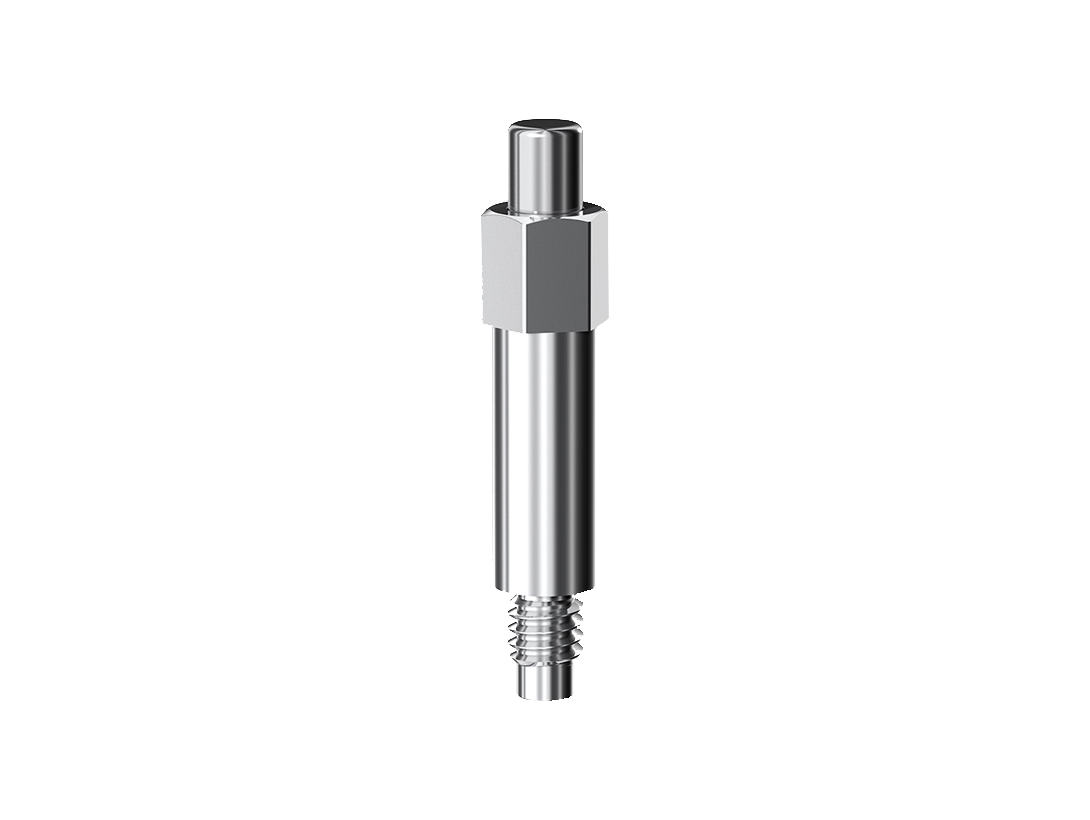Welcome to Osstell®
We help clinicians provide their patients with optimal time to teeth.
Osstell® helps you to objectively and non-invasively determine implant stability in order to manage patients with risk factors, avoid unnecessarily long treatment times, and achieve more predictable outcomes.
Osstell® products
Predictable outcomes
Our method eliminates chance. When measuring implant stability, you will get an objective value, making implant treatments more predictable – even for patients with risk factors.

Reduced treatment time
Immediate loading is becoming more and more common. Patients want results fast. With Osstell®, you only wait as long as needed.

Proven Method
Backed by more than 1400 scientific studies, our method is based on RFA to determine whether or not an implant is stable enough. The result is presented as an ISQ value of 1-100. The higher the ISQ, the more stable the implant.
we’re here to help
Do you have questions?
Please contact us at support@osstell.com if you have any questions regarding our products, registration, distributors etc.
Looking forward to hearing from you.
The Osstell Team

1400 scientific articles support our method
Our regularly updated database, where we have compiled all scientific research relating to Osstell and ISQ, now includes more than 1400 articles.
Browse articles
Explore our products
Osstell Beacon
The Osstell Beacon helps you to objectively and noninvasively determine implant stability.
OsstellConnect
OsstellConnect is a free cloud-based solution offering a new way for clinicians to use data to enhance their dental implant treatments.
SmartPeg
The SmartPeg™ attaches to the implant and is used together with the measurement instruments Osstell IDx, Osstell Beacon or Osstell ISQ.Want to know more?
We are happy to discuss your needs and answer any questions you may have. Get in touch with us and the team will reach out shortly.
Contact us






